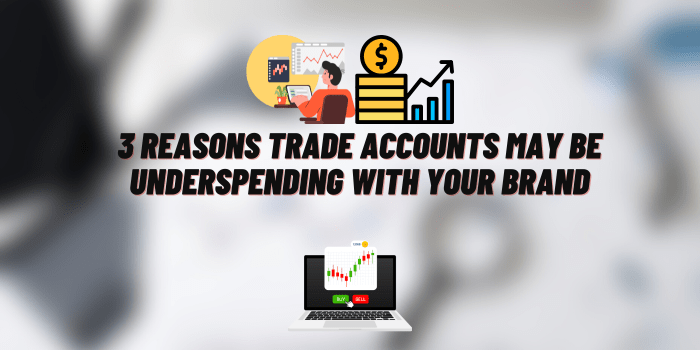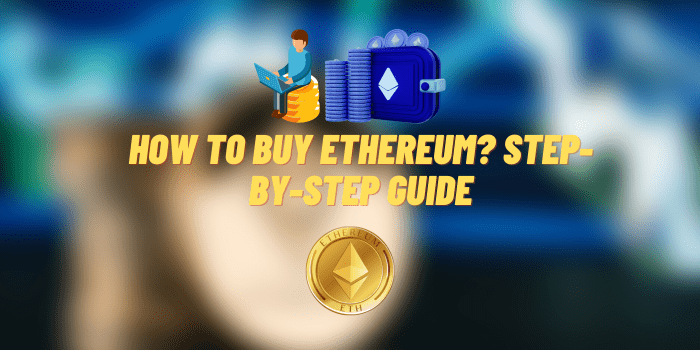How Do I Buy and Sell Cryptocurrencies?
Cryptocurrencies are becoming an increasingly popular financial asset, drawing in both seasoned investors and newcomers. But if you’re new to the space, you might be wondering, “how do I buy and sell cryptocurrencies?” Understanding the process is crucial for safe and effective trading, so let’s explore everything you need to know about buying and selling cryptocurrencies.
Cryptocurrencies, like Bitcoin and Ethereum, have become significant parts of the financial world. With their growing popularity, more people are looking to buy and sell these digital assets. Knowing how to buy and sell cryptocurrencies safely is important to minimize risks and maximize benefits. This guide will help you answer the key question: “how do I buy and sell cryptocurrencies?”
What Are Cryptocurrencies?

Cryptocurrencies are digital or virtual currencies that use cryptography for security. They operate on decentralized networks based on blockchain technology. Some of the most popular cryptocurrencies include Bitcoin (BTC), Ethereum (ETH), and Binance Coin (BNB). These digital assets allow for peer-to-peer transactions without the need for intermediaries like banks.
Why People Buy and Sell Cryptocurrencies
People buy and sell cryptocurrencies for various reasons. Many see them as an investment opportunity due to their potential for high returns. Others trade them actively, benefiting from price volatility, while some use cryptocurrencies for transactions due to their speed and low fees. Additionally, cryptocurrencies can be used as a hedge against inflation or as a way to participate in decentralized finance (DeFi) projects.
Steps to Buying Cryptocurrencies
A cryptocurrency exchange is a digital platform where you can buy, sell, and trade cryptocurrencies. Exchanges can be categorized as centralized or decentralized:
- Centralized exchanges (CEXs) like Binance, Coinbase, and Kraken are managed by companies and provide user-friendly interfaces.
- Decentralized exchanges (DEXs) like Uniswap are not managed by a single entity and allow for direct peer-to-peer trading.
When choosing a cryptocurrency exchange, consider the following factors:
- Security Features: Ensure the exchange has strong security measures, such as two-factor authentication (2FA).
- Fees: Check for trading, withdrawal, and deposit fees.
- User Interface: Make sure the platform is easy to use, especially if you’re a beginner.
- Supported Cryptocurrencies: Choose an exchange that supports the cryptocurrencies you’re interested in trading.
Popular exchanges include Binance, Coinbase, and Kraken.
Creating an Account
Once you’ve chosen an exchange, create an account by following these steps:
- Sign Up: Register using your email address and set a strong password.
- Verify Your Identity (KYC): Most exchanges require you to verify your identity by uploading identification documents. This process is known as Know Your Customer (KYC) compliance and helps ensure security.
Payment Methods
To buy cryptocurrencies, you need to fund your account. Most exchanges allow:
- Bank Transfers: Often the most cost-effective but may take a few days.
- Credit/Debit Cards: Instant funding, but higher fees may apply.
- Other Cryptocurrencies: If you already own some crypto, you can transfer them to your exchange account.
Fiat vs. Crypto Funding
You can fund your account using fiat currency (like USD, EUR) or by transferring another cryptocurrency. Funding with fiat is more common for beginners, while experienced users often trade between cryptocurrencies.
Placing Your First Buy Order
- Market Order: Buys the cryptocurrency at the current market price. This is ideal if you want a quick purchase.
- Limit Order: Allows you to specify the price at which you want to buy. This is useful if you want to buy at a particular price point.
Storing Your Cryptocurrency
- Hot Wallets: Wallets that are connected to the internet, such as mobile and web wallets. They are convenient but less secure.
- Cold Wallets: Wallets that are offline, like hardware wallets (e.g., Ledger or Trezor). They are highly secure and ideal for long-term storage.
To secure your assets, follow these tips:
- Enable Two-Factor Authentication (2FA).
- Store your private keys securely—preferably offline.
- Consider using a hardware wallet for storing large amounts of cryptocurrency.
Steps to Selling Cryptocurrencies

Timing is crucial in crypto trading. It is important to perform market analysis and understand market cycles. Many traders rely on tools like technical analysis to make informed decisions.
You can sell your cryptocurrency on the same exchange where you bought it or use a peer-to-peer (P2P) platform for direct selling.
Placing a Sell Order
- Market Order: Sell at the current market price.
- Limit Order: Sell when the price reaches a set level.
- Stop-Limit Order: Automatically sell when a certain price threshold is met.
Withdrawing Funds
To access the proceeds from your sale, convert your crypto to fiat and withdraw it to your bank account. The process varies slightly by exchange, but typically involves linking a bank account and requesting a withdrawal.
Alternative Methods to Buy and Sell Cryptocurrencies
Peer-to-Peer (P2P) Trading
P2P trading allows you to buy or sell directly with another person. Platforms like Binance P2P offer secure environments for these transactions, with escrow services to ensure both parties fulfill their part of the deal.
Cryptocurrency ATMs
Crypto ATMs allow you to buy and sometimes sell cryptocurrencies using cash. They are convenient but often have high fees and limited availability.
Using Brokerage Services
Crypto brokers like eToro provide an easy way to buy and sell cryptocurrencies, especially for beginners. However, they often have higher fees compared to exchanges.
Tips for Successful Cryptocurrency Trading
Before buying any cryptocurrency, research its technology, use case, and community support. Understanding what you’re investing in is key to minimizing risk.
Managing Risk
Managing risk is vital in crypto trading:
- Diversify your investments.
- Set stop-loss orders to limit potential losses.
- Never invest more than you can afford to lose.
Following Market Trends
Keep an eye on market trends and use technical analysis tools to make informed trading decisions. Platforms like 코인위키 provide useful market signals for traders.
Tax Implications and Legal Considerations
Cryptocurrency gains are often subject to capital gains taxes. The tax rate may vary depending on the country and the holding period of the assets. Always keep track of your trades for accurate tax reporting.
Different countries have different regulations regarding cryptocurrencies. It’s crucial to be aware of the legal status of cryptocurrencies in your jurisdiction and comply with any tax or legal obligations.
Common Mistakes to Avoid
Storing cryptocurrencies on exchanges can be risky due to potential hacks. Always transfer your funds to a secure wallet for long-term holding.
Scams are common in the cryptocurrency space. Avoid falling victim to:
- Phishing: Fraudulent websites that mimic real ones.
- Ponzi Schemes: Promises of high returns with little risk.
- Fake Platforms: Only use well-reviewed and reputable exchanges.
Emotional trading often leads to losses. Avoid making impulsive decisions based on market FOMO (Fear Of Missing Out) or panic.
The Bottom Line
Buying and selling cryptocurrencies can be profitable, but it comes with its risks. Understanding the processes, securing your assets, and staying informed will help you navigate the world of cryptocurrency effectively. Take your time, do your research, and start small to gain experience. This comprehensive guide has aimed to answer the question, “how do I buy and sell cryptocurrencies?” to help you start your journey with confidence.
Whether you are new to crypto or have some experience, the key is to keep learning, stay cautious, and enjoy the ride in the evolving world of digital assets.






